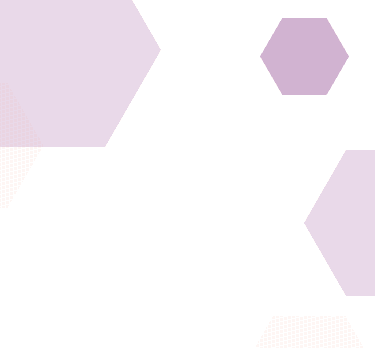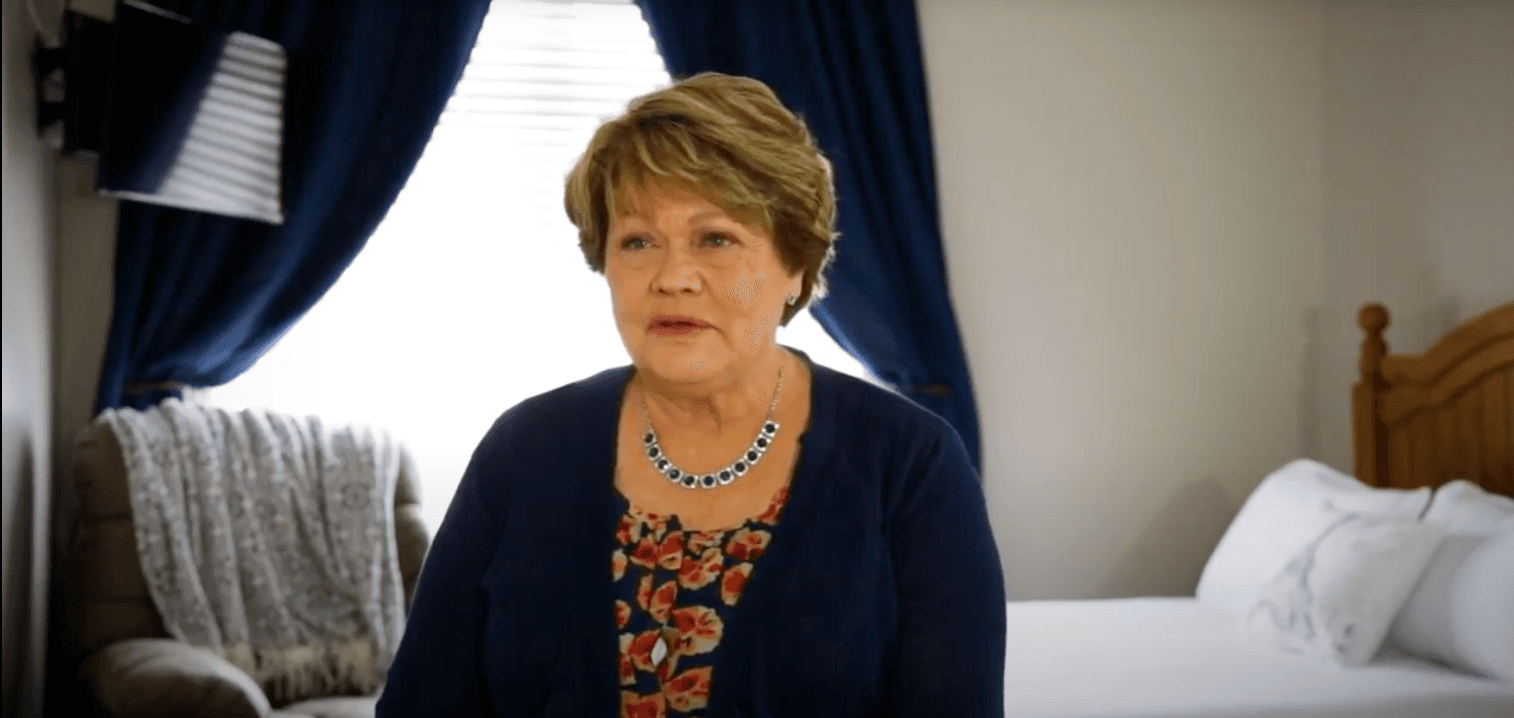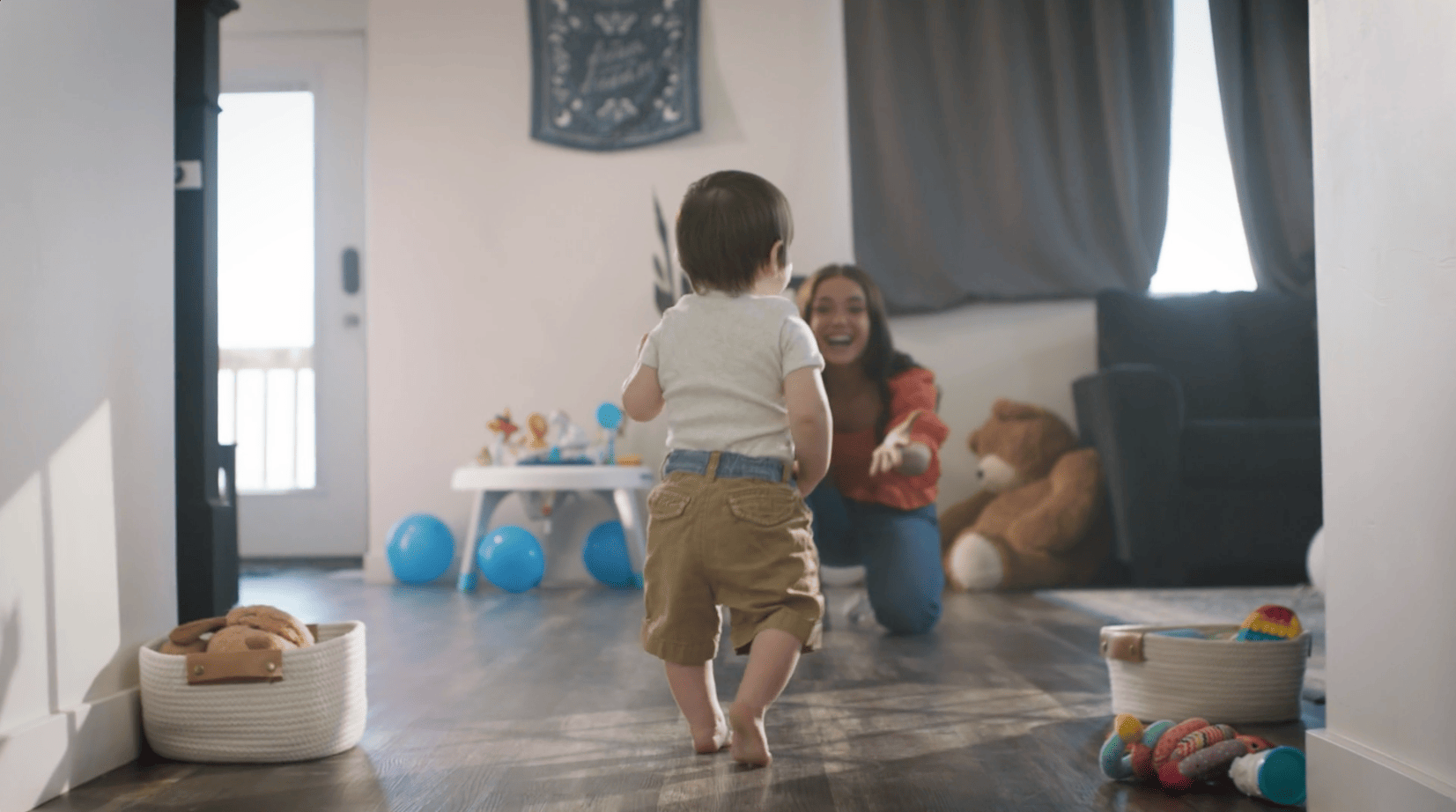Lehi Sleep Lab
Revere Health’s Lehi Sleep Lab helps our patients live healthy lifestyles through the diagnosis and treatment of sleep disorders. The Lehi center is under the direction of John Staheli, MD, who is board certified in sleep medicine. As an accredited sleep center, we follow the guidelines of the American Academy of Sleep Medicine (AASM) and have a team of experienced, knowledgeable professionals who evaluate our patients’ sleep situations and help them achieve the healthiest sleep possible.

Information Cards
Phone: (801) 227-7378
Fax: (801) 227-0051Monday - Friday:
8:00 a.m. - 5:00 p.m.See patient education
resources below ↓
Services
Polysomnograms
Learn About PolysomnogramsTests are used to diagnose sleep disorders by recording brain waves, oxygen levels, heart rate, and breathing. Includes (baseline, split-night and titration studies for adults and children age 3 or older.
Home Sleep Studies
Learn About Home Sleep StudiesThis is a polysomnography conducted at home, allowing patients to be more comfortable and in a familiar setting.
Positive Airway Pressure Therapy (PAP)
Learn About Positive Airway Pressure Therapy (PAP)A method for treating sleep apnea that blows pressurized air through the airway in order to keep the throat open.
PAP Naps
Learn About PAP NapsA daytime sleep study using PAP to desensitize patients who have anxiety about starting or difficulty tolerating PAP therapy.
MWT
Learn About MWTMeasures how alert a patient is during the day and if they can stay awake in stimulation-free environments.
Insomnia Counseling
Learn About Insomnia CounselingA structured counseling program to help identify and replace thoughts and behaviors that cause and worsen sleep problems.
Monthly CPAP Support Group
Learn About Monthly CPAP Support GroupPersonalized support on CPAP compliance, including mask fitting and strategies to help cope with CPAP.
Overnight Oximetry
Learn About Overnight OximetryThis test provides information (through a clip over your finger overnight) to help your doctor diagnose a sleep disorder.
More about value-based care




















